Plants sense their environments. They know the amount of nutrients available in the soil and how much they need at any given time. In most cases, plants can form symbiotic relationships with microbial organisms in their environment to establish a quid pro quo: my carbon for your phosphate, water or nitrogen. These relationships can alleviate nutrient deficiency, provide pathogen resistance and increase yields.

, a recently named William Neal Reynolds Distinguished Professor in the , has been digging in to understand this symbiotic pathway. She and her team of students and postdoctoral scholars study how plants sense their environments, how they trade resources with other organisms, and how they communicate between the various organs of the plant to get the right resources where they’re needed.
Specifically, Sederoff and her team study the symbiosis of plants with fungi and bacteria. Soils contain certain bacteria and fungi that form a symbiotic relationship with plants through their roots. When nitrogen is low, bacteria can fix it from the air and make it available to the plant while fungi can transfer phosphorus and water into plant cells. In exchange, the plant gives the fungi and bacteria the carbon it captures and transforms into sugar through photosynthesis. But not all plants have the ability to collaborate with microbes in this way.
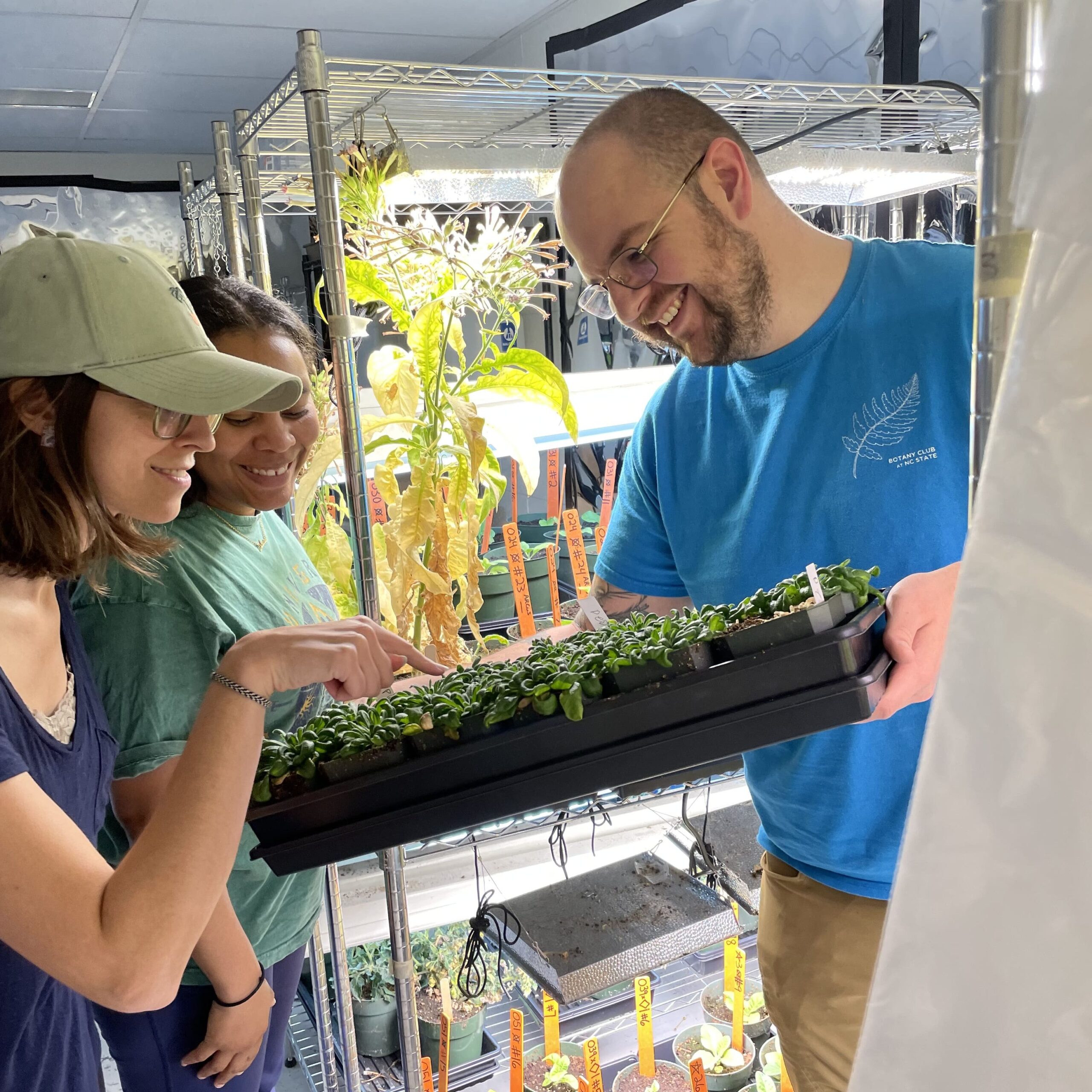
“There’s one group of really important crop species that lost the symbiosis trait in evolution, and that’s the brassicas,” Sederoff says. “Brassicaceae are really important crops to us. It’s our canola oil, cabbages, mustards and so many others.”
Sederoff says that the ancestral brassicas once had the ability to form symbiotic relationships with microorganisms. At some point in history, it is theorized that a pathogen hijacked the symbiosis pathway, like a virus attacking a computer system. The only way for the plant to survive was to cut the pathway out entirely. Sederoff and her team are trying to return that lost pathway to the brassicas.
They began this research on algae to assess the communication pathways within a single-celled organism and have since identified the genes responsible for the symbiosis pathway. They have transformed some of these “lost genes” into Arabidopsis, a Brassicaceae reference plant, and camelina, a close relative of canola, in an attempt to re-establish their ability to exchange nutrients with fungi and bacteria in their environment.

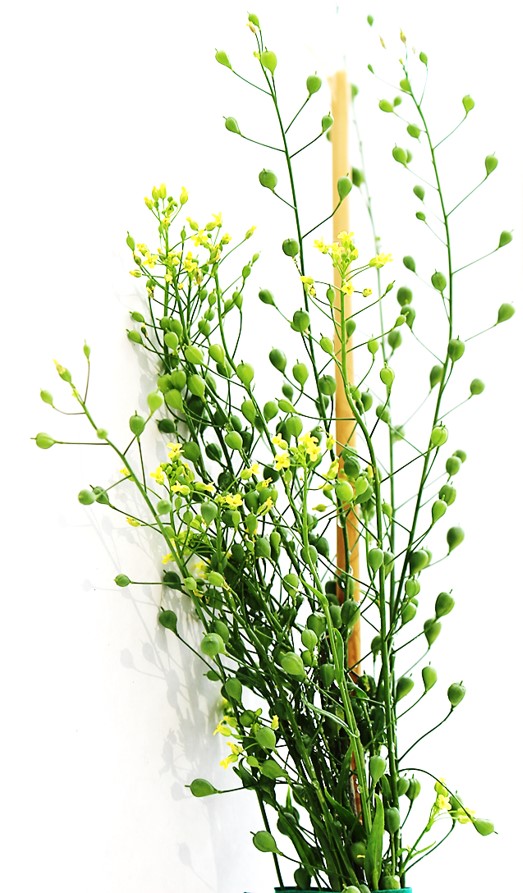
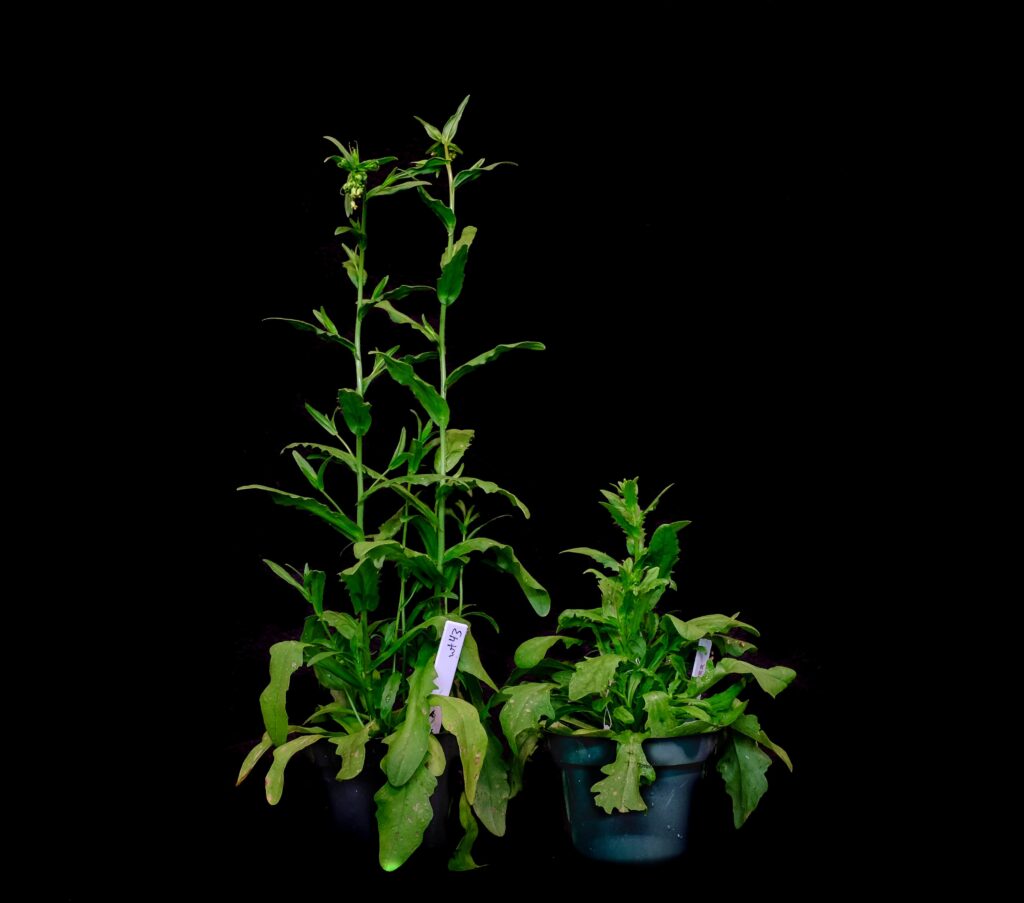
Modifying the symbiosis pathway and introducing it to brassicas could allow them to access previously unreachable nitrogen and phosphate in the soil via bacteria and fungi while still being able to access the fertilizer applied by farmers. This reintroduced pathway could reduce nitrogen and phosphorus fertilizer use in brassica farming, making the entire system more efficient.
Efficiency is key because this exchange of nutrients is expensive for the plant. In order to gain nitrogen and phosphorus from the bacteria and fungi, the plant has to grow leaves to capture more carbon and send it to the roots to make the nutrient trade.
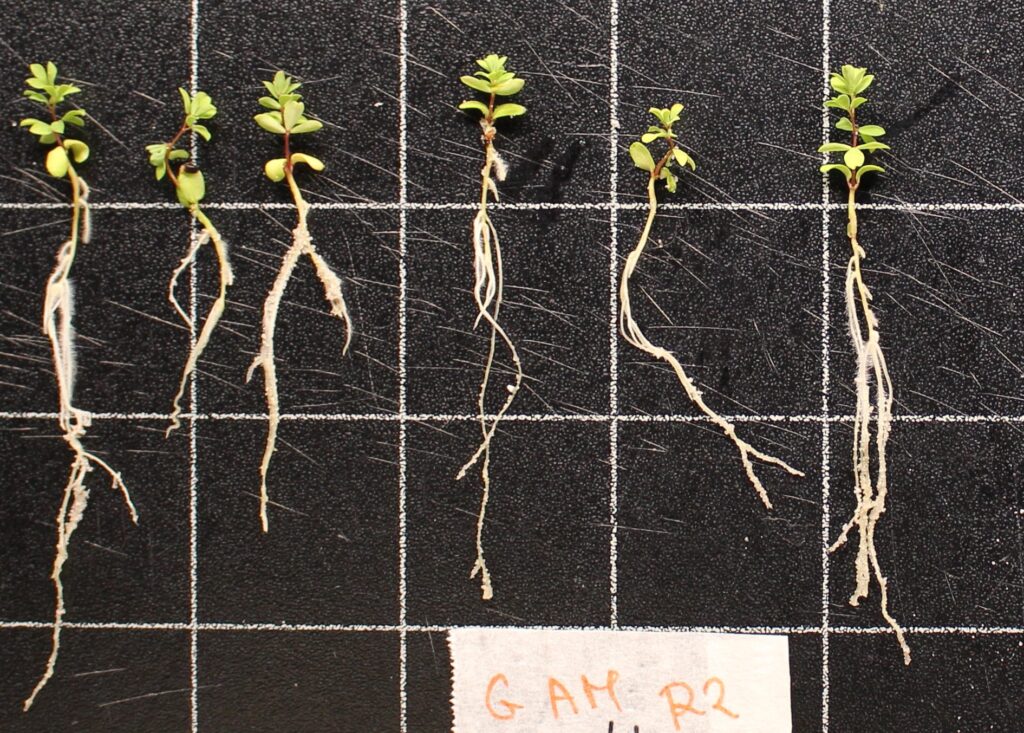
“Plants are economists,” Sederoff says. “If they can get cheap nitrogen from the soil because the farmer fertilized it, they will not pay the carbon to the bacteria. It’s the same thing with phosphorus.”
For all plants to perform better, Sederoff and her team are looking to reduce wasteful processes in the plant. By using bacterial enzymes, they have introduced a shortcut for photorespiration that makes the plant far more efficient at harnessing and using energy.
“When we put this bypass pathway in, these plants have a much better carbon economy so they can keep more of what they fix through photosynthesis. It also means they use much less nitrogen because they don’t lose as much,” Sederoff says.
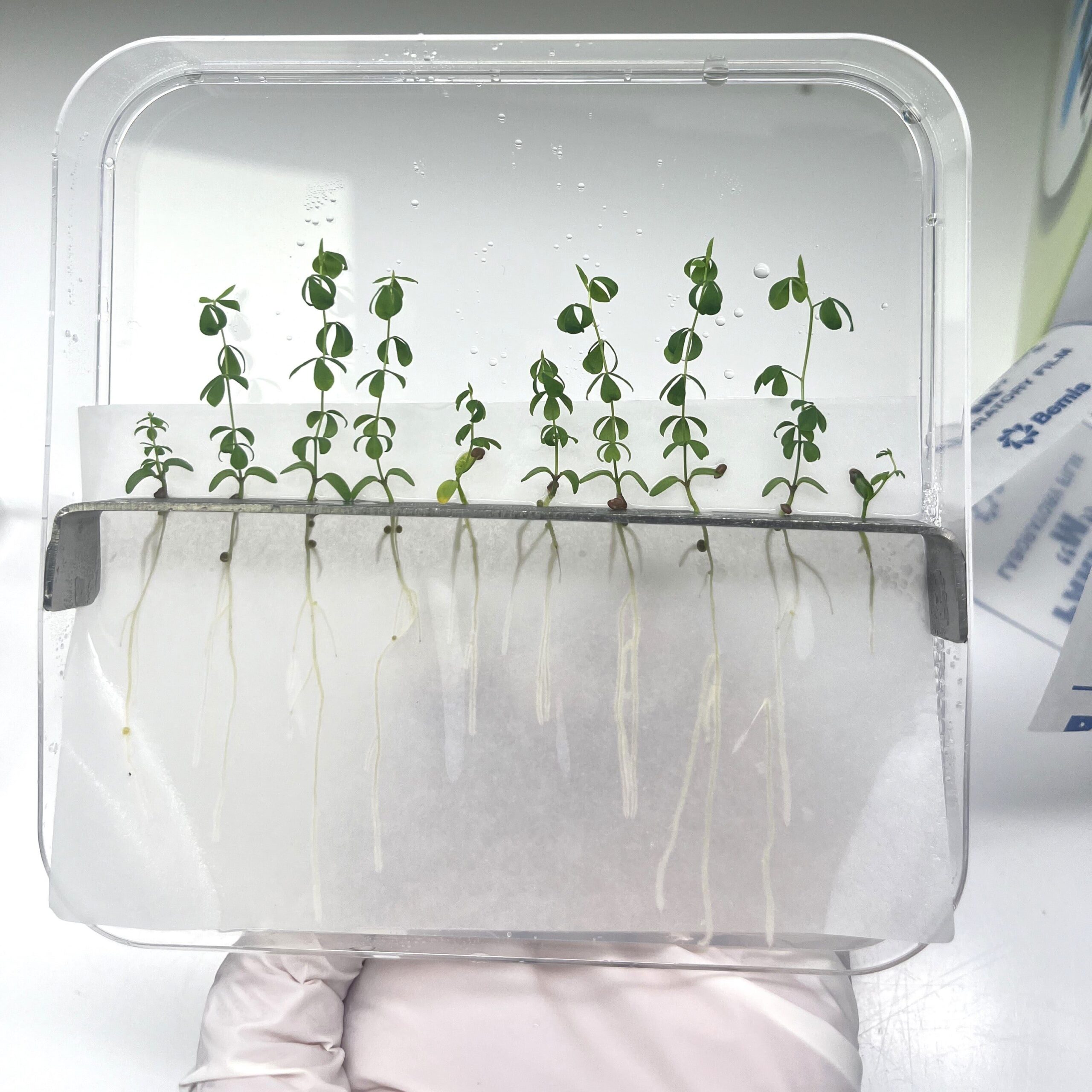
Through this research, Sederoff’s team has shown that sensing pathways within the plant can be modified – that plants can be tricked into thinking demand is higher than supply, thereby altering the efficiency of uptake and the nutrient balances within its system.
But Sederoff still wonders how the roots tell the shoots what they need and how it identifies friend from foe, or pathogen from symbiont. And, once it identifies a symbiont, how does it trigger the symbiotic pathway? She is looking at new signaling molecules within the pathway in the hopes that they will reveal those answers.
Sederoff’s work illustrates that, as is true with any symbiotic relationship in life, communication is key. Understanding the nature of that communication is the next piece of the puzzle. The brassicas can thank her later.
This post was in College of Agriculture and Life Sciences News.








